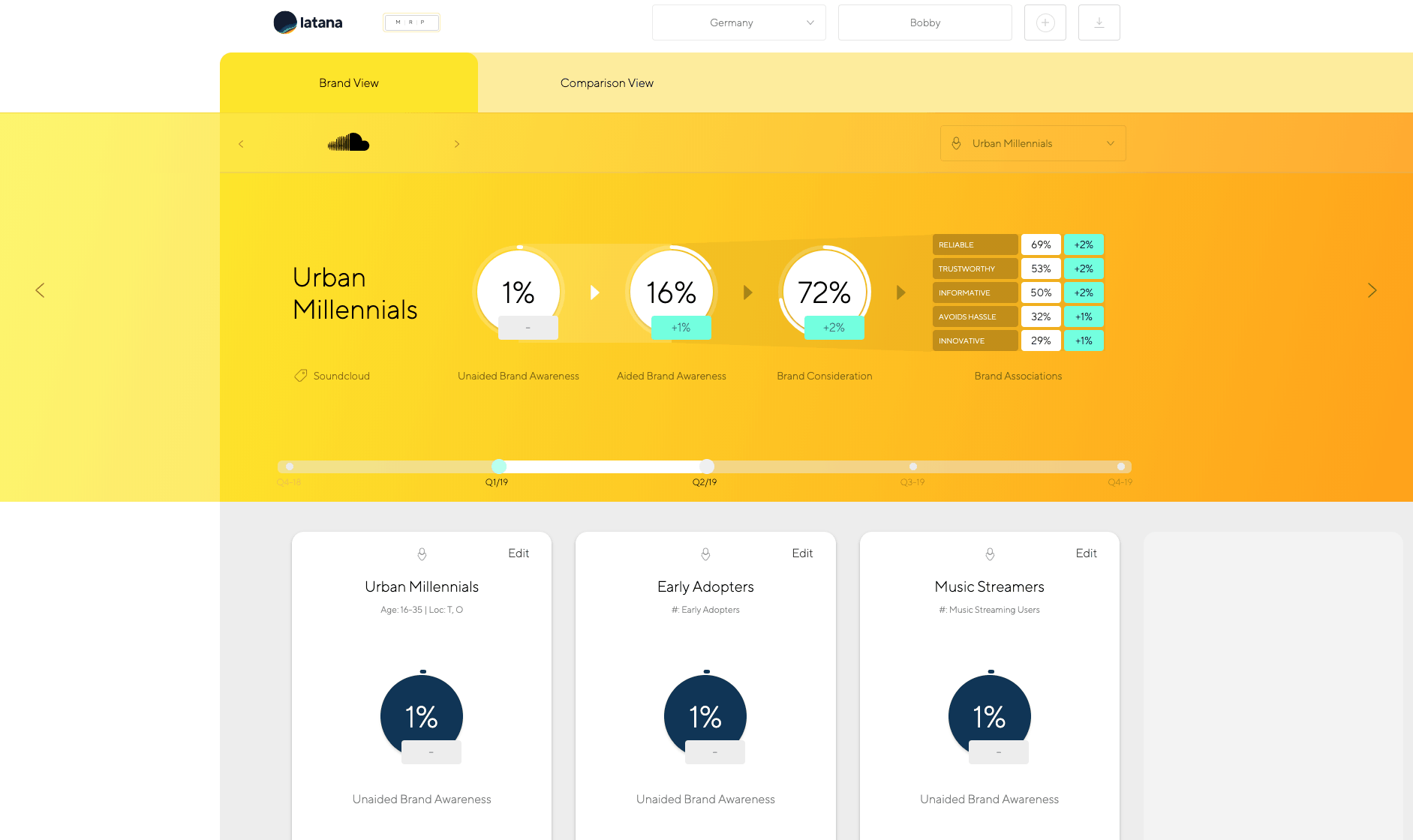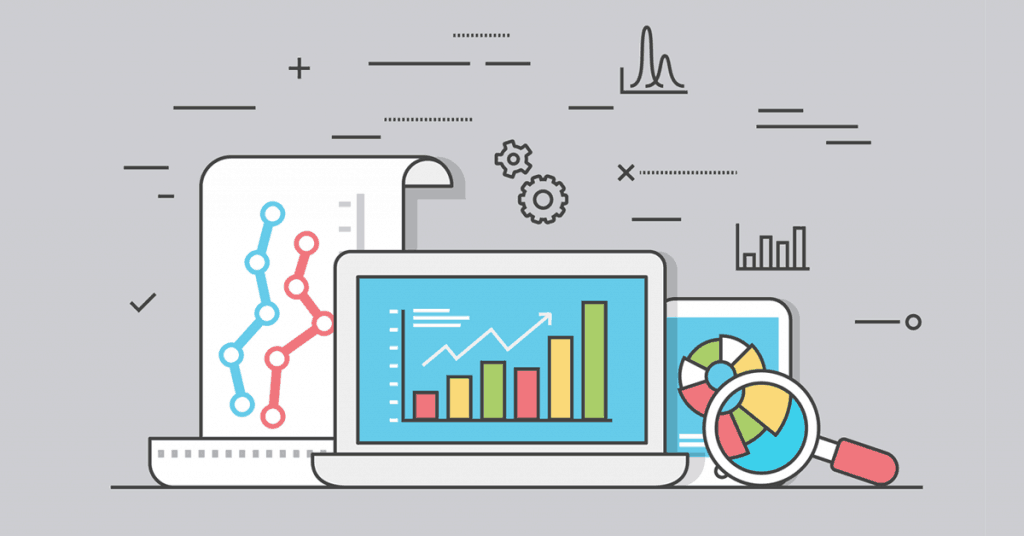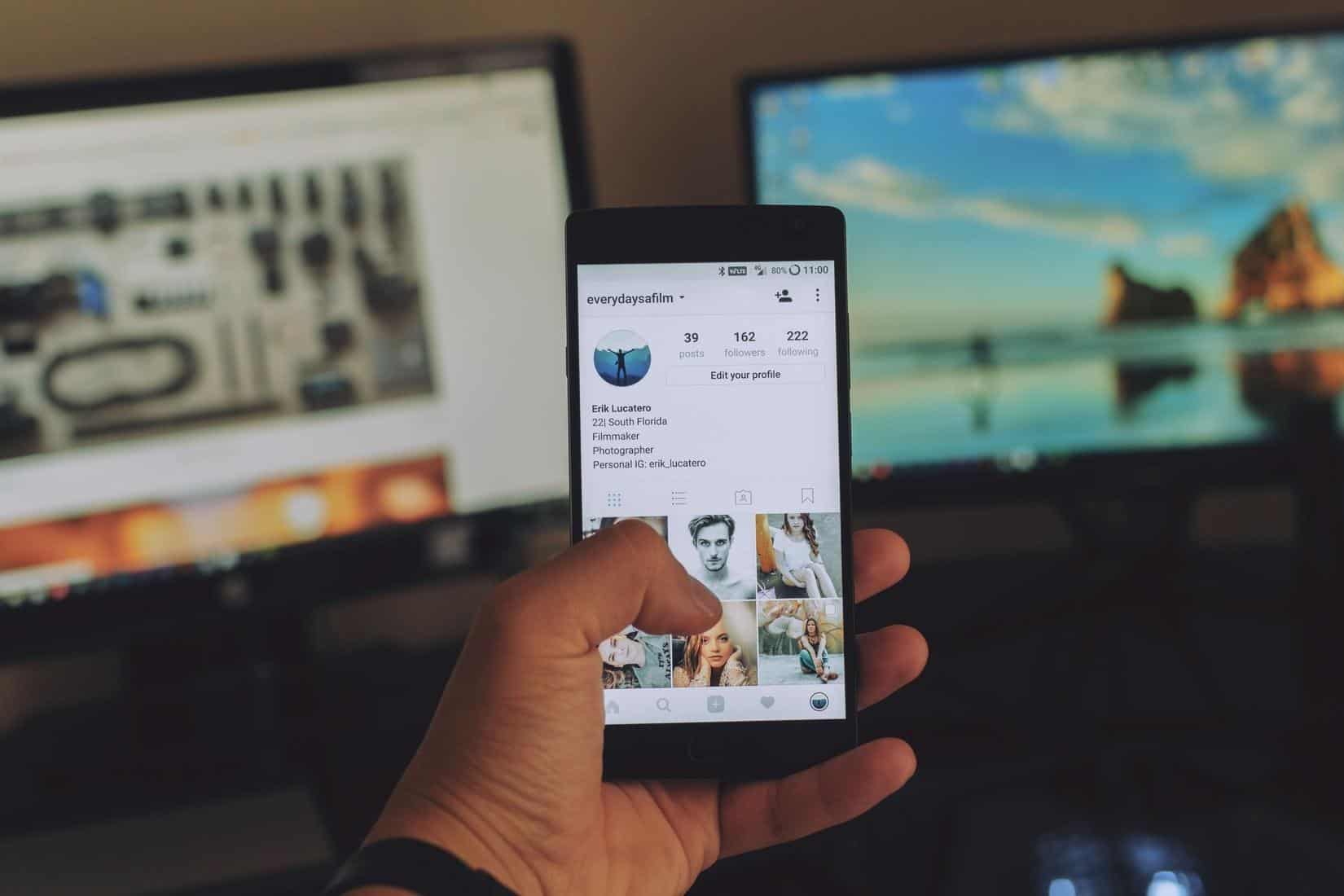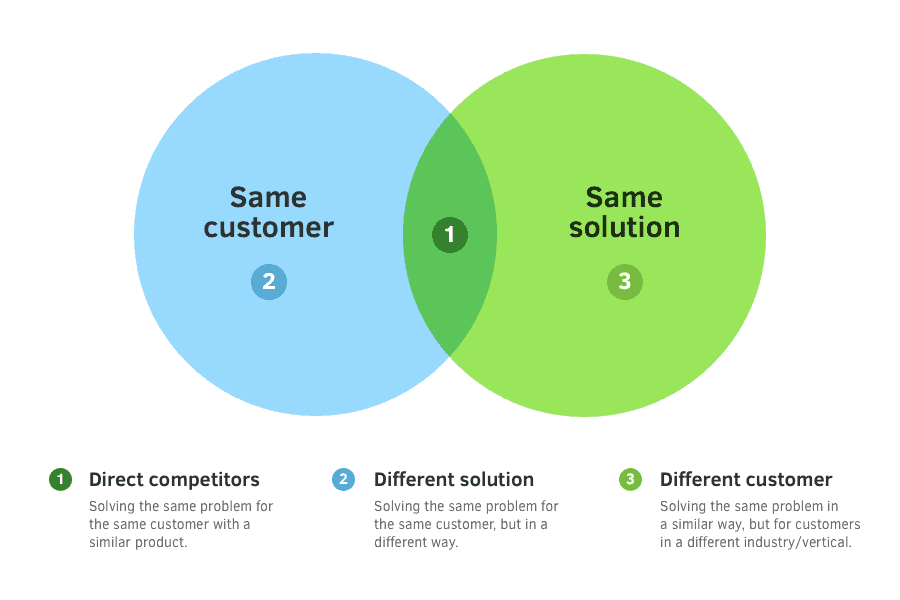The impact social media metrics has on marketing and branding is undeniable.
Brands are faced with the necessity of establishing an online presence that not only personifies their companies but also engages with customers.
From posting content, replying to comments and messages, to the general maintenance of social media pages, there is a lot to keep up with.
And, of course, you want all this work to equal results.
But what should you consider a “good result?” This article deals with the most important metrics you should be tracking for social monitoring.
Volume of engagement
Measuring the volume of engagement with your brand might seem like a daunting task, but it’s actually a visible social media metric that’s easily broken down. Follow tweets, posts, messages, and mentions about your brand and track how engagement changes over time. Pay attention to when the volume of conversations is increasing and see what marketing you’ve done that contributed to the increase. Likewise, keep an eye on what is having no impact at all. There is nothing worse than putting time and money into something that doesn’t pay back!
So you’re not spending your days surfing the internet in search of when your brand is being talked about, utilize one or more tools available for tracking volume. For example, Hootsuite is a program that integrates multiple social media accounts onto one platform and lets you watch mentions as they happen in real-time.
Also, take advantage of social media platforms that already include their own analytics systems, like Facebook. In fact, most social media accounts offer some sort of analytics but may require you to create a business account. Instagram is an example of such a tool.
Conversation sentiment
It’s one thing to see how often your brand is being talked about, but knowing what’s being said is just as important. An increase in engagement doesn’t always mean something positive, especially if that engagement is driven by complaints or criticisms about a brand.
YouTuber Jamie Turner provides some great actionable tips on his channel what he’s done to accomplish a great reputation for helping businesses grow.
One of the biggest marketing campaign fails of this generation is the Pepsi and Kendell Jenner fiasco, which managed to minimize and seemingly mock the Black Lives Matter movement. The commercial was such an affront, people claimed it “united the internet.” Considering the internet is filled with all sorts of people constantly disagreeing with each other, that’s a pretty impressive, albeit problematic, feat. When talking about tracking conversation sentiment this is definitely not something you want.
Anyway, the point is you need to know what people are actually saying about your brand to make sure what you’re doing isn’t a complete flop and that an increase in conversation volume isn’t because of something negative your brand did. Keep track of sentiment to make essential adjustments as needed to ensure your brand is coming across in a positive manner.
Referral and conversion – ROI
Referrals and conversions are the direct yes or no metrics that indicate if your marketing strategy is going to plan. They’re probably the easiest metric to watch for because of their more technical nature. With ROI you’re basically recording when someone lands on your website and if they go through with actually purchasing your service or product.
There are many applications available for tracking this very purpose. As said before, most social media platforms are already integrated with an analytics program. For your website though, try Google Analytics or UTM tracking codes to see the customer’s journey to and around your website. See how many people land on your website as a result of social media marketing and how many of those visitors convert.
![]()
Connected to referrals and conversions is the click-through rate (CTR) of your advertisements, posts, and links and social media is a cradle for advertising and promotion. High CTR means your ad is doing its job in that people are getting to your website via the ad. So you’ll want to keep an eye on them to make sure they’re effective or if you need to change the type of ad you have out.
Followers
While knowing what and how people are engaging with your brand is important, being aware of your follower count also has an impact. That change in number could indicate a few different important details. An increase probably means people are liking what you have to share whereas a decrease could mean you’re not active enough or the content you’re producing isn’t hitting the mark. When you do have an increase in followers, check out who they are and determine how they’re related to your current audience.
In general, having more followers is a positive attribute. It makes your brand look like a leader in your industry and more trustworthy. Also, even if the number of followers you have is high, that doesn’t necessarily mean they’re all customers. Some of your followers could potentially be an untapped audience. The good news is you’ve already got their attention, you just have to get them to the next step of going to your website and purchasing your product or booking your services offered.
Compare your social media pages and see which have more followers. Watching which channels are the most popular with your target audience indicates where you might want to invest more energy into or help you realize what you’re doing on one platform isn’t really effective on another.
Analyze demographic data
Demographic data is a metric that doesn’t immediately come to mind when you’re thinking of social monitoring. When it comes to social media metrics and reporting it’s natural for us to be focused on counting likes, reading comments, or building followers. On that note, skipping out on the data you can get from analyzing demographic data means missing crucial information to really understand who your audience is and could be.
If you take the time to understand demographic data from social monitoring you can see if they’re in line with your target audience. It also helps you to know that your marketing campaigns are reaching who you want them to reach.
Beyond the confirmation that you’re doing things right though, demographic data can be used to figure out the audience’s habits and behaviors.
For example, an audience from a specific generation, like millennials, would be more likely to order a service or purchase a product via a mobile app. Older generations are probably more inclined to call or go to a brick and mortar store. Different demographics are also likely to use varying types of social media platforms which might make you want to reconsider what you’re doing on each social account.
Factors of demographic data include language, gender, age, occupation, generation, and more. Analyze conversations from demographics that fit your target audience and see how they correlate.
Pair your analysis with a brand tracking tool like Latana to see how the same audience is faring in terms of brand awareness and consideration. Latana brand tracking integrates demographic data with advanced science so you can gain accurate insights. Apply them with the information you gather from social monitoring to create or strengthen your marketing strategy.

The Social Channels Themselves
So far the different metrics we’ve discussed are all found in the activity happening on the social media platform itself. With that in mind, the accumulation of what’s going on in the platform in relation to your website is also a metric to watch. In the end, one of the main purposes of social media is to drive traffic to your website and you want that traffic to also result in engagement on your website.
Compare the referrals coming from your social channels and see which of them are sending the most visitors. Look at the bounce and conversion rates of each channel and pay attention to the visitors that are spending more time on your website. When a visitor is spending time on your website, they’re engaged, meaning they probably like what they see and will be easier to convert.

Generally, you want to compare your social channels to see which platform is performing the best. When determining performance though, don’t rely on the number of new visitors. Look at the bounce rate, conversation rate, and the average time spent on your website and create a correlation between that data and the social channel.
A channel might be sending you lots of referrals, but also have a 75% bounce rate. If the majority of visitors from a particular social platform are not staying on the website, then they can’t convert. The web traffic you’re looking for is one that will convert. Say another channel creates only half the amount of referrals of the first channel, but each referral converts. That channel ended up giving you more than the one with more visitors.
Monitoring and comparing your social channels helps you find what works and gives you an idea of where you should be investing time and energy as a whole. Use the empirical evidence to decide where your best content should be relegated to.
Compare with competitor metrics
Volume, sentiment, ROI, followers, and demographic data – track it all for your brand, but also do the same for your competitors. Just knowing what’s going on with your brand doesn’t give much value without something in which to compare it to. It’s great if people know about your brand and are talking about it, but do better by judging your success and how it fairs with the competition.
What your competitors are doing and seeing how well it’s going for them is important knowledge when it comes to making your brand stand out. You don’t want to be caught with the same campaign, or at the very least if you want to do something similar, do it better. Use the data you collect about them to adjust your own messages so they better suit your target audiences.
See where they lack and fill that gap.
You’d be surprised by the amount of things competitors do similar to one another. See for yourself while you’re tracking them and create marketing campaigns that make your brand unique. Be innovative with getting people to be more familiar with your product or service. For example, create a digital magazine that features your brand and discusses all things related.
Metrics that matter the most for social monitoring
There are plenty of metrics out there available for you to measure. But we believe the ones laid out above are some of the most important when it comes to social monitoring.
Tracking conversation volume and sentiment gives you a feel for when people are talking about your brand and what they’re saying. Watching for referrals and conversions tell you the exact moments a marketing campaign achieved its goal. Observing your follower count and understanding who they are gives you insight into your current and potential audiences.
On top of giving you actionable information, archiving the data from those metrics from social monitoring allows you to create a timeline to refer back to. It’s also information that is easily shared for potential investors, business partners, or within your company team. Use the data from social monitoring and compare it to research done on competitors.
The reason why these metrics matter the most for social monitoring is because they provide an overview of the different important factors of brand awareness, engagement, and visibility. And those factors are essential to creating a successful brand.
That said, as your brand grows and changes so will your social media presence. The amount of data you’re dealing with will increase and you’ll have more types of metrics you’ll want to track as you become more familiar with social monitoring. As you add to your social media strategy though, make sure to keep the above metrics in mind to always have a comprehensive overview.
[starbox]





